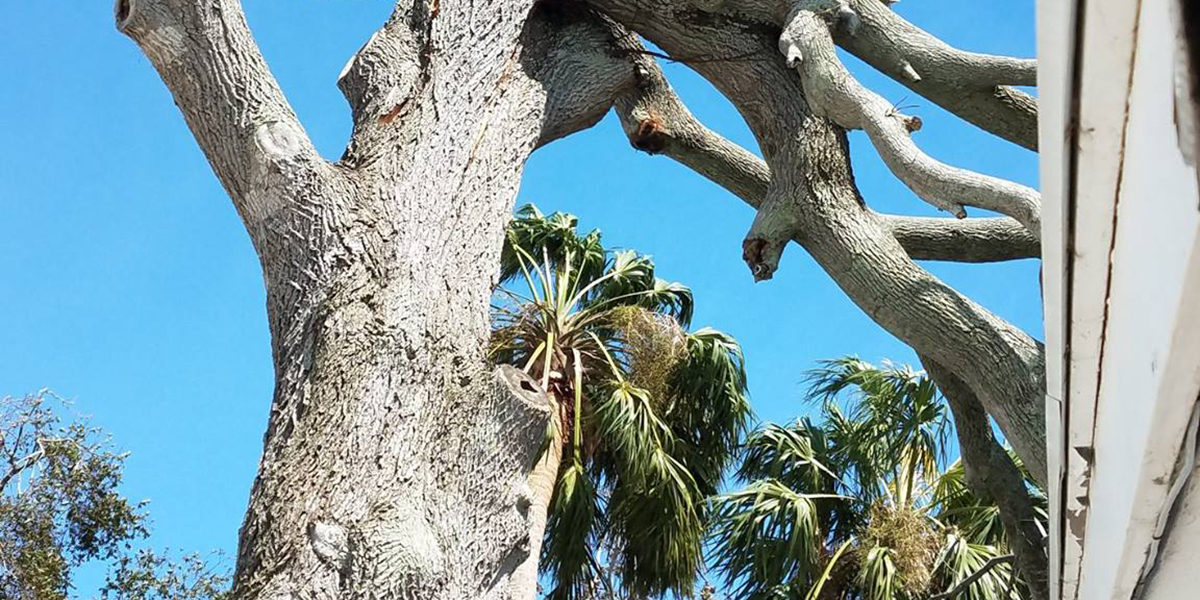
Ever wondered what causes lichen on trees and tree bark? In this post, the pros at Ken’s Tree Services, Tarpon Springs’ trusted tree removal experts, explain more about this fascinating topic. And they’ll also explain if you need to worry about this type of growth.
What Is Lichen?
When you see lichen on a tree trunk, you might not realize they’re two separate organisms. Lichen occurs when fungi and algae grow together to form a body called a thallus. Both the algae and the fungi grow symbiotically.
Identifying Lichens
Considering that there are 13,000 species in various colors, identifying one growth of lichen is challenging. There are three categories:
- Crustose lichen grows to look crusty and look similar to a scab.
- Foliose lichen looks like leaves when it grows on trees.
- Fruticose looks like strands and tubes that grow on deciduous trees
You can best identify the species by seeing where the lichen grows and what conditions it thrives under. Some species require humidity or grow on rocks. You might need a magnifying glass to properly identify the type.
To make matters more complex, the lichen reproductive cycle is complicated. The fungus produces spores while, in this instance, algae reproduces asexually. You can break off a piece of the algae, and it’ll grow again.
What makes things very confusing is that breaking a piece off the plant may result in the piece growing into a different type of lichen. We recommend hiring professionals to properly diagnose what species you have and ensure that it’s not moss.
What Causes Lichen Growth?
What causes lichen on trees? You could have all the ideal conditions at play and still not get this type of growth. That said, if you have the right mix of the following conditions, you might soon see the rustic-looking splotches:
- Sunny weather
- A decent moisture source
- Fungi and algae in the yard
- Something to grow on
- Smooth bark for crustose species
- Rough bark for fruticose or foliose types
What Should You Do About Lichen?
The first question to ask is, “Do lichens harm trees?” The answer is a surprising, “No.” These plants don’t have roots or vascular systems to transport nutrients; therefore, they don’t burrow into the bark. They don’t even draw nutrients from the tree.
Instead, the fungi absorb the water the algae need, and the algae produce the food the fungi need. They, therefore, don’t affect the tree other than changing its appearance.
You may, if you wish, remove the growth quite easily. You can also reduce the humidity in the garden by pruning the trees and improving the air circulating around the trunk.
Contact Our Team Today!
Now that you know what causes lichen on trees, are you confused about when to cut down a tree? Do you want to cut it down because of lichen, or should you look at an alternative solution? Call Ken’s Tree Services at (727) 934-5804 to schedule a consultation so you have the right advice to base your decision on.
